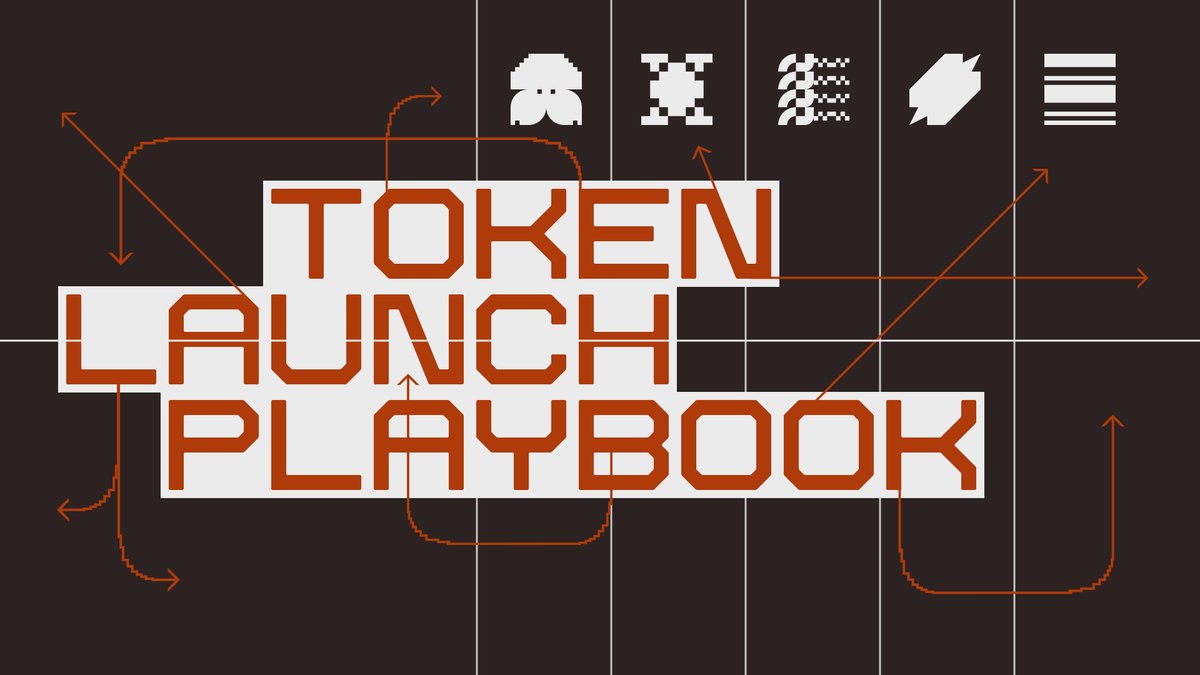The 5 pillars of product-market fit in web3.
w/ @jasonrosenthal
w/ @jasonrosenthal
@jasonrosenthal Learn more here: a16zcrypto.com/posts/article/…
• • •
Missing some Tweet in this thread? You can try to
force a refresh







